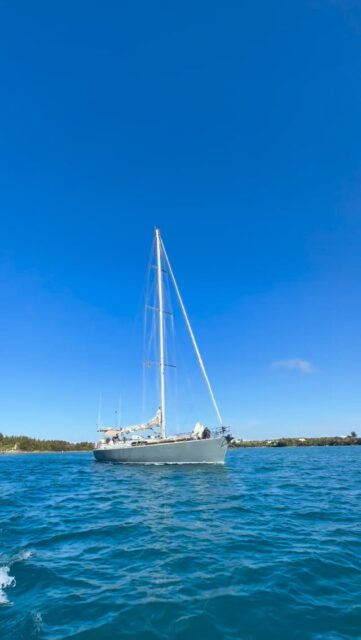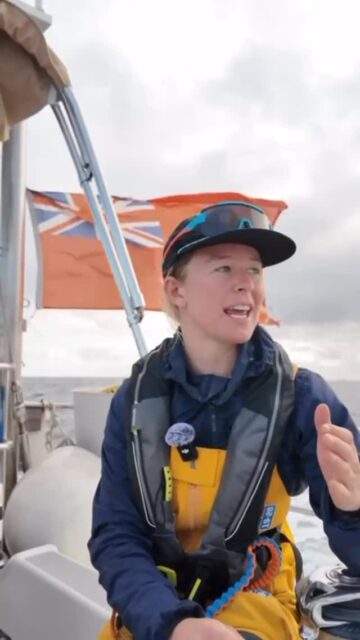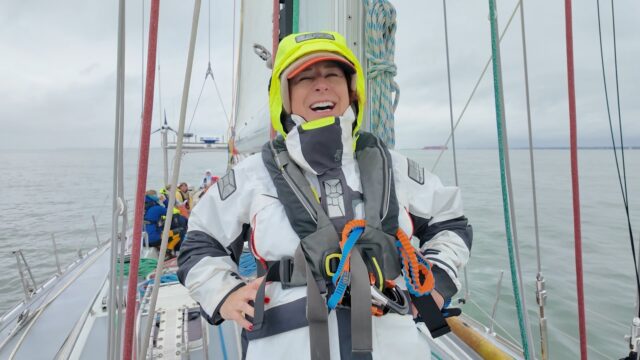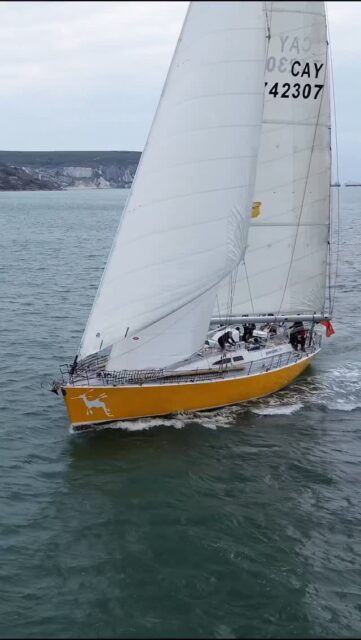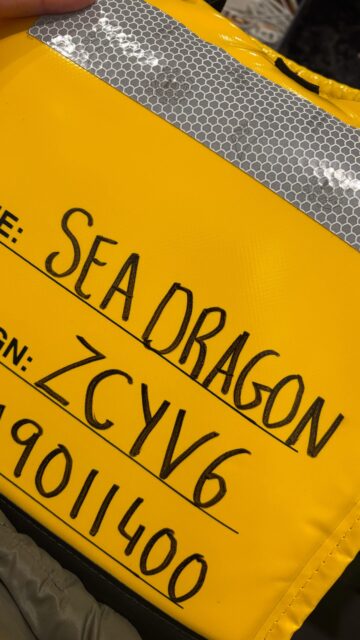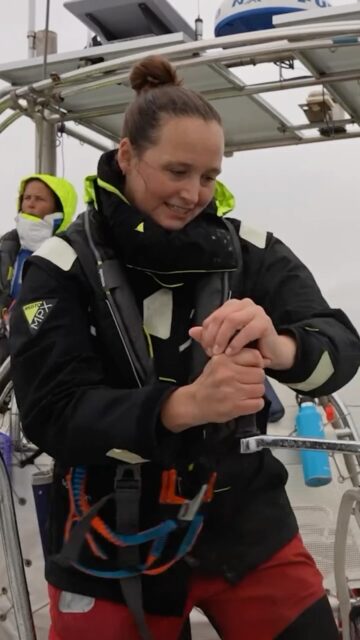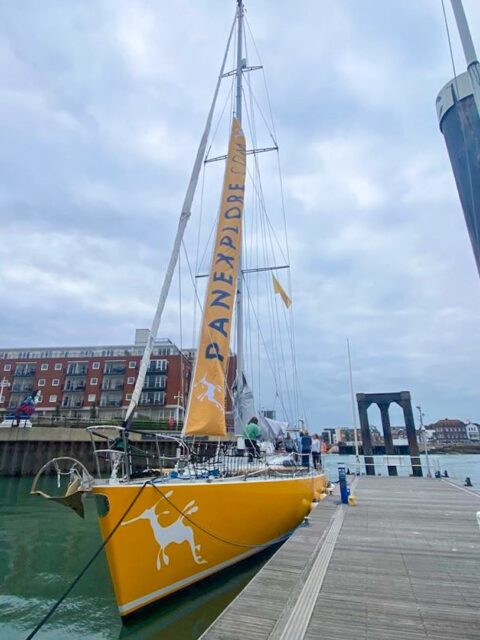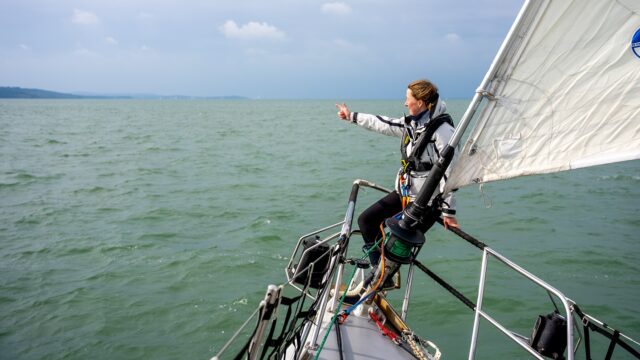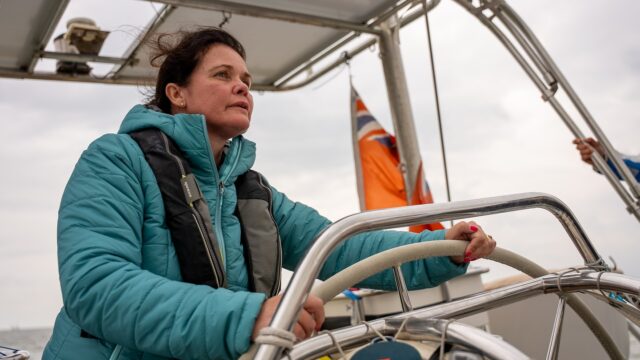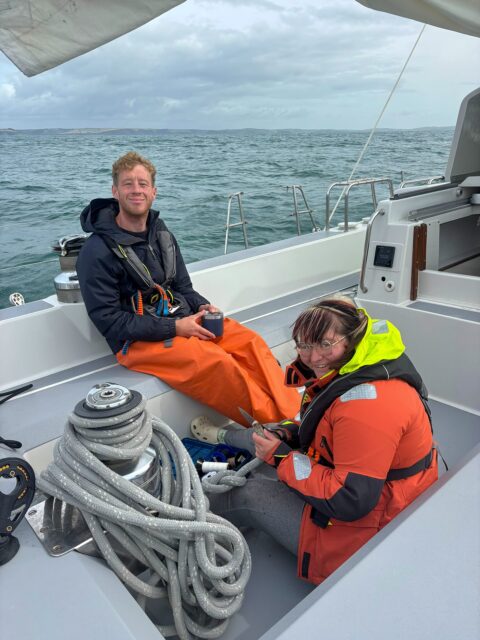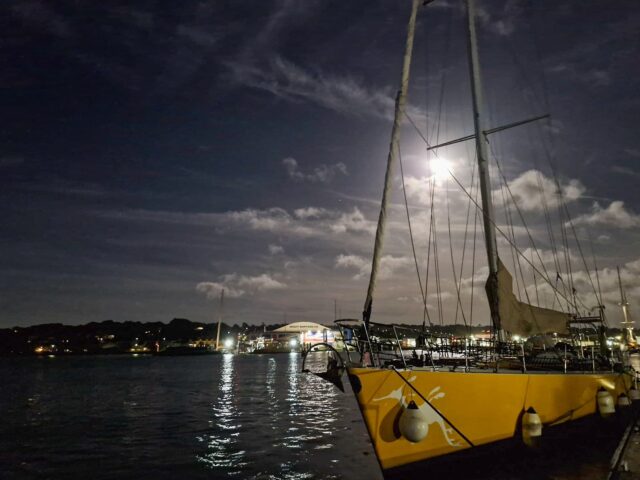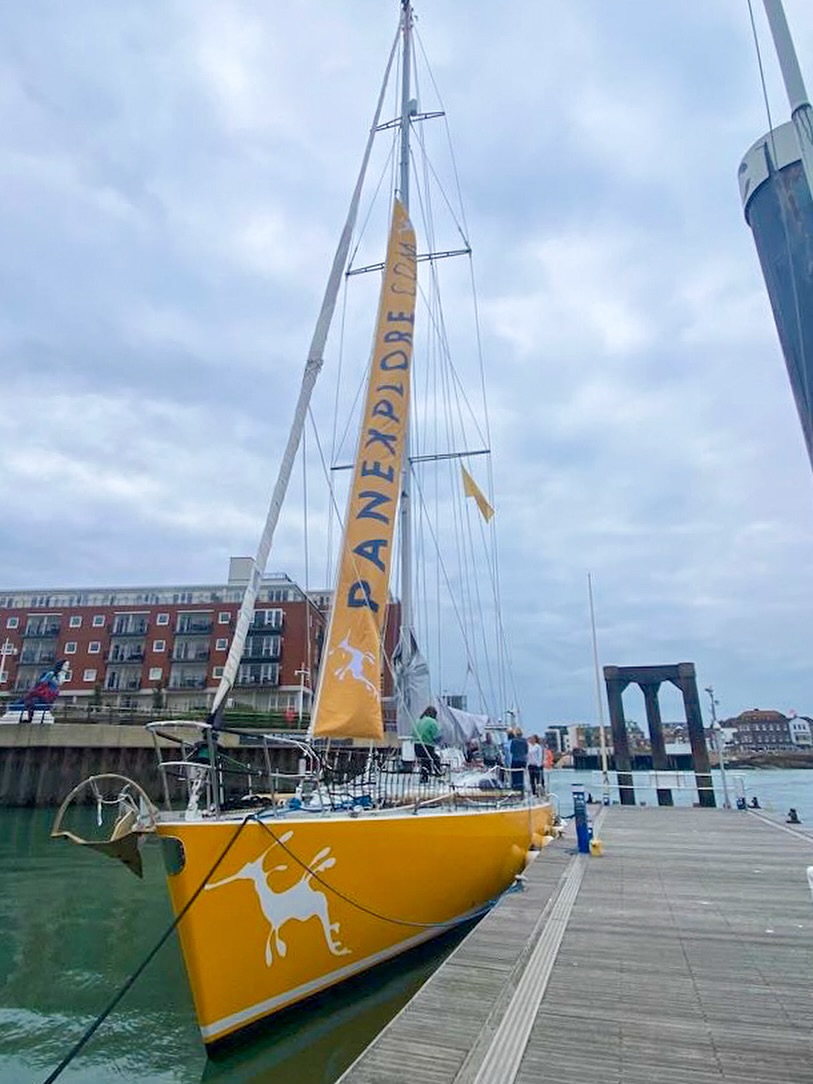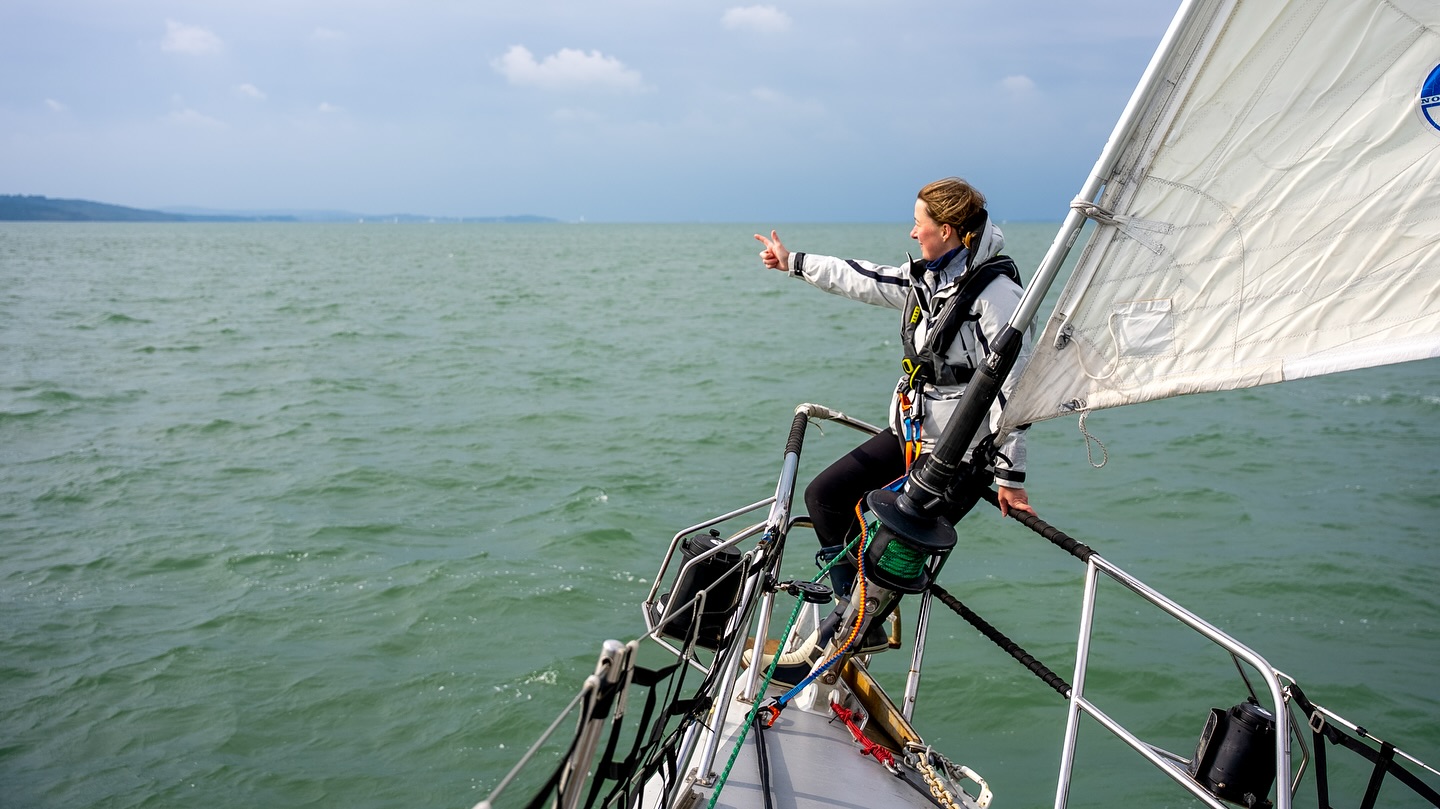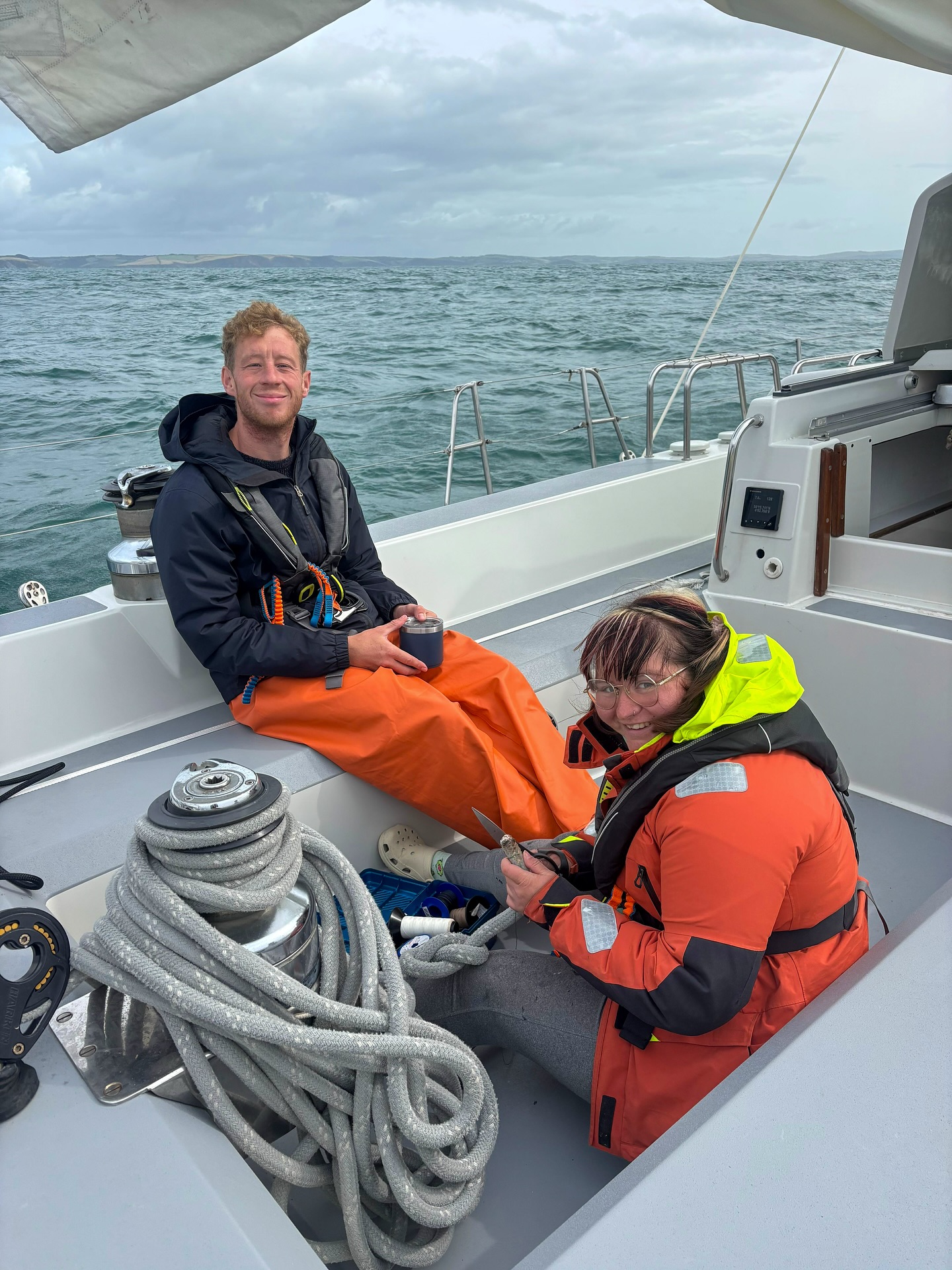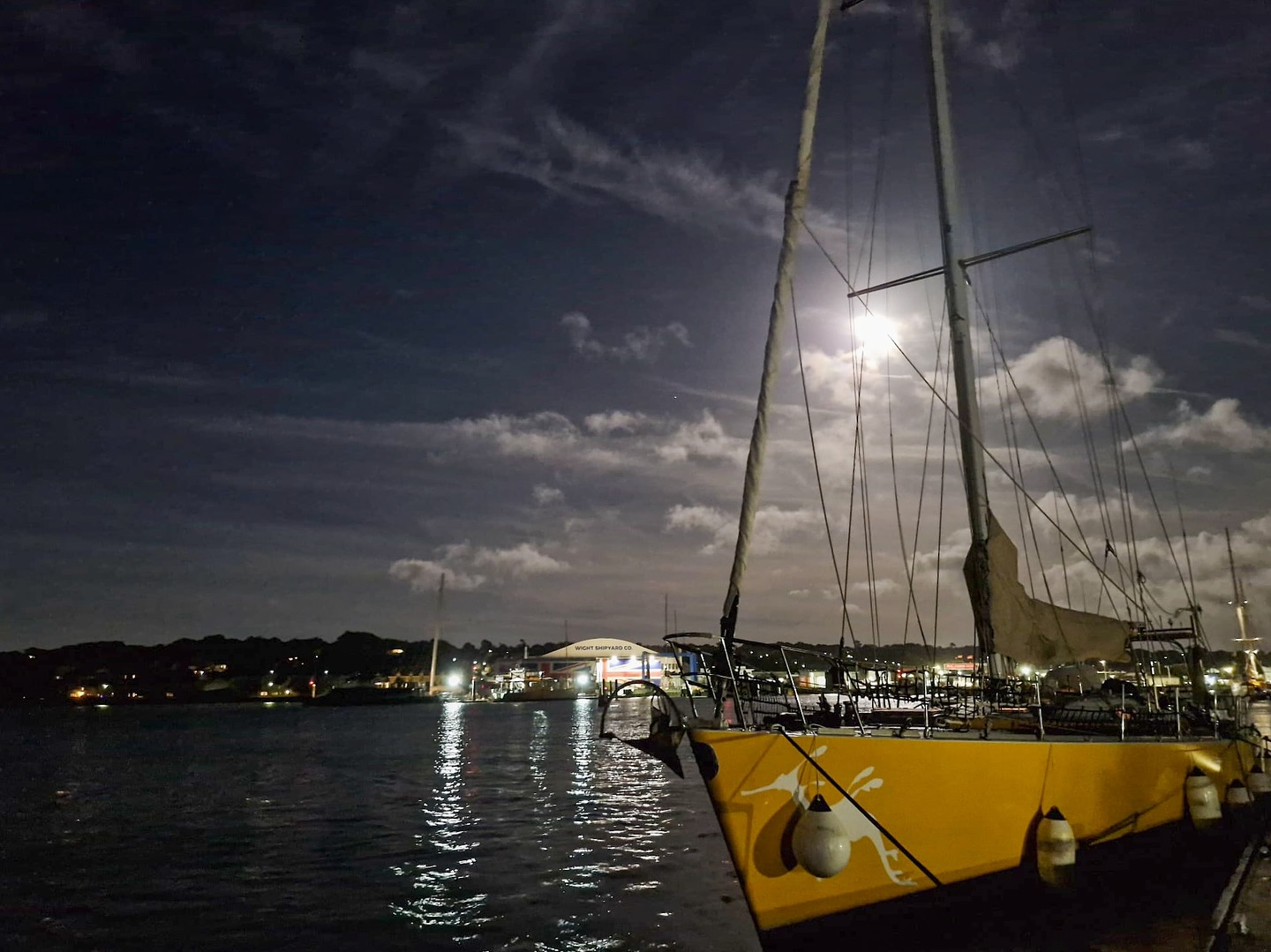We’re still far north of the boundaries of the Papahanaumokuakea Marine National Monument, so a few days ago we pulled in the high-speed trawl and ended our sampling of the sea for plastic. Our research is done. Without having the exact counts and weights for this sample, I can at least say that this is one of the most dense trawls yet. And…there was a kukui nut in the net. The seed is from a tree indigenous to Hawaii, so we must be close.
We’ve conducted 72 trawls in 47 days at sea, traveling over 6,000 miles from Majuro Atoll to Japan and back to Hawaii. Every trawl has produced fragments of plastic pollution, the first evidence of plastic pollution in the Western Garbage Patch south of 30°N. What we’ve found is that the western garbage patch and the eastern garbage patch are one homogenous garbage patch. The entire North Pacific Gyre is a swirling sea of large and small pieces of plastic pollution, from microplastic dust to whole crates, buckets and 1 ton masses of tangled nets and line.
We’ve come here to survey the aftermath of debris from the Japanese Tsunami that devastated the east coast of Japan last year. We did find some remanants at sea, including a tire, fragment of flooring, and half a small fishing boat. But all of this now melts into the ebb and flow of plastic in the gyre. It was already there for the last half century, and now there will be a small increase after the tsunami. Yes, there are big pieces washing ashore in North America now, and the only solution to a natural disaster is to care for the victims and pick up the pieces.Shoreline cleanups will be necessary. But it is important that we acknowledge the background of plastic pollution that was there before, and the incessant flow of plastic pollution from our watersheds to the sea that happen every day. THAT disaster is within our control. Plast ic washing from our communities to the sea is an unnatural disaster, and we can prevent it.
If we had to boil the solutions down to three big ideas they would begin with Industry. Smart design can create better products. “Benign by Design”, so that materials and chemicals in the product and its packaging have no lasting impact on the environment. Second, we look to our leadership to embrace “Extended Producer Responsibility” in its broadest sense. This means that anything produced in the world today has to have a plan for its full life cycle, from birth to death, or even better Cradle-to-Cradle. And finally, the consumer must understand and act to refuse throw-away plastic products and excess packaging, as well as consequences of littering. Store shelves are stocked with affordable smart alternatives.
We’ve only a few hundred miles to sail before landing in Maui. Our focus now is to conserve food and fuel, and sail as close to the wind as possible. Four days if we’re lucky.


